Volkswagen is making efforts to improve its range of electric cars, and is constantly introducing new features. After the ID.4 and the ID.5, it is the turn of the ID.3, the electric Golf, to receive the sporty GTX badge. On the program: performance and more than 600 km of autonomy, all compatible with the ecological bonus. We went to discover this ID.3 GTX.
What would be Volkswagen without its GTi (Grand Touring Injection)? The German brand is keen on its high-performance cars and is trying to graft this touch onto its electric range, under the name GTX (before a probable return to the GTi name in the future).
After having benefited the two electric SUVs, namely the ID.4 and its coupe version ID.5, Volkswagen takes on the compact ID.3, rival of the Renault Mégane E-Tech and MG4. On the program: more power and a new battery, all compatible with the ecological bonus. We went to discover statically this ID.3 GTX in parallel with testing of the updated ID.4.
Style: a discreet presentation
With this GTX label, Volkswagen perpetuates the GTi tradition, and offers this ID.3 GTX a very discreet presentation. Maybe almost too much? To tell the truth, the changes are timid.
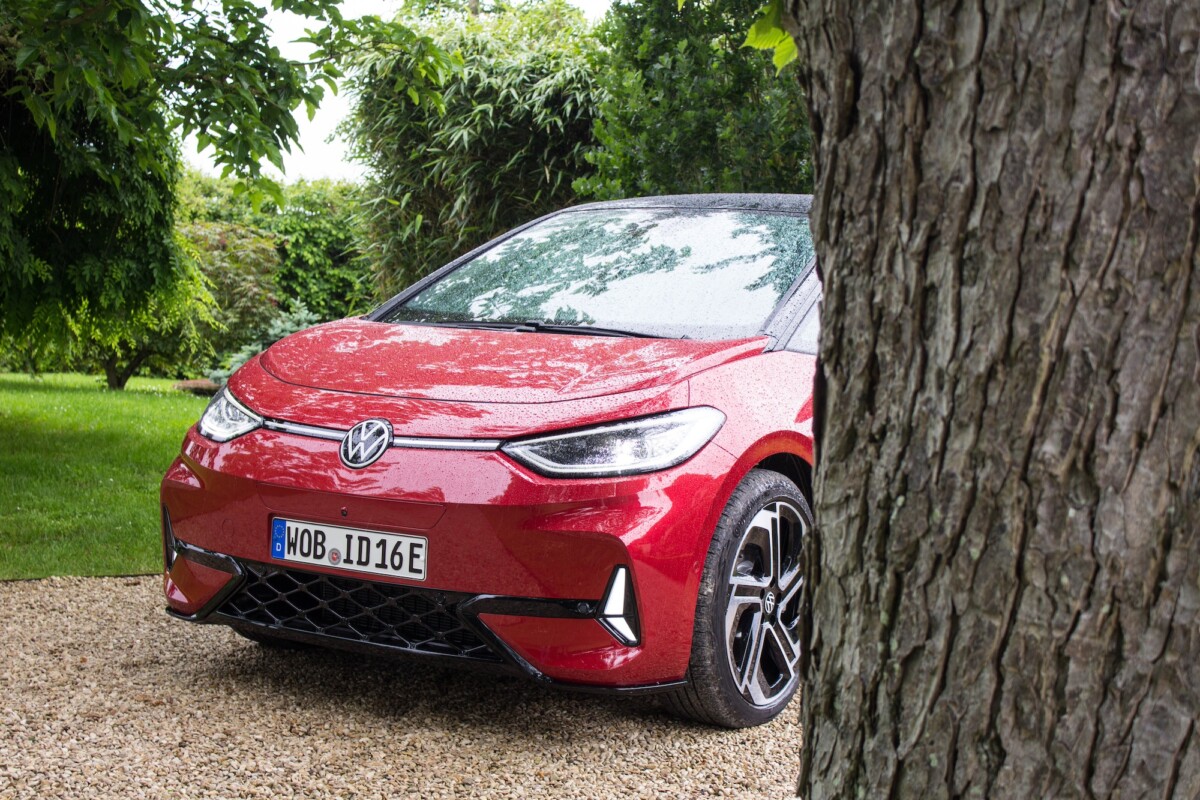
The shields are slightly redesigned: at the front, we find a specific lighting signature and a slightly more openwork grille at the front, while a false diffuser takes place at the rear. Add specific 20-inch rims and a few logos… and that’s about it. Not sure that many people will turn around for this sporty ID.3, which is perhaps the desire of the targeted customers.
Inside, it’s the same. The ID.3 GTX comes as standard with the semi-bucket seats available as an option on the rest of the range, decorated with piping and red stitching – stitching which is found on the door panels and the steering wheel. There too, it’s very light.
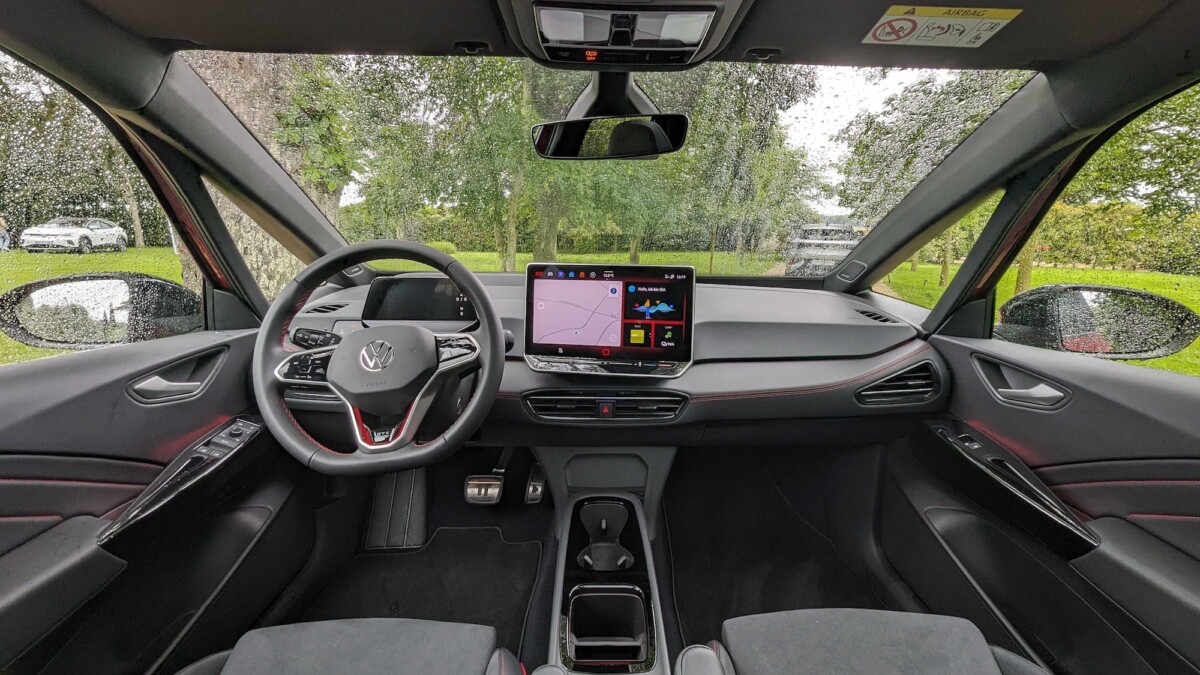
For the rest, nothing changes: the ID.3 retains its unibody profile, its 4.26 m length, as well as its five seats and its 385-liter trunk.
Infotainment: a technological update
The big improvement in the interior of this sporty ID.3 happens on its dashboard, which debuts a new generation of central screen. It is larger (12.9 inches) and is equipped with the brand’s latest OS, called ID. software 5.0.
In detail, we find a new interface more logical and more customizable, while the touch keys to adjust sound volume and air conditioning are finally backlit. Finally, a voice assistant and ChatGPT appear, as well as a battery preconditioning when approaching a charging station.
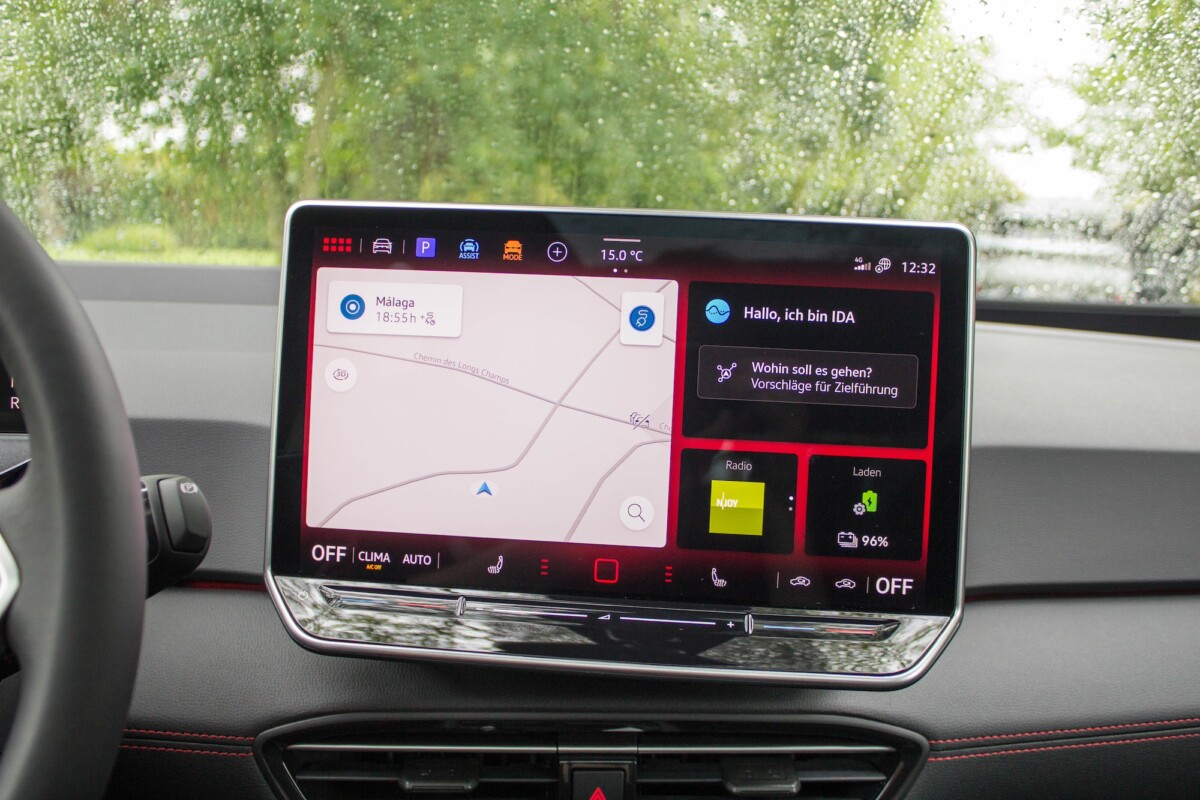
Another new feature: the gear selector, formerly at the end of the 5.3-inch instrumentation screen behind the steering wheel, switch to the right switch of the last. Note, however, that these changes also arrive on other versions of the ID.3.
Performance: a very useful new engine
If the GTX brand wants to be the electric counterpart of the GTi, then the car must be efficient. For this, Volkswagen installed a new engine in the ID.3 GTX, the APP550, which we discovered on the ID.7 and which is arriving on the rest of the range.
In the program : 286 hp (210 kW) and 545 Nm of torque, enough to accelerate from 0 to 100 km/h in 5.9 sec (compared to 7.3 s for the other versions) and to climb to 180 km/h… initially, since a version GTX Performance will show up later. We will then move on to 326 hp (240 kW) for unchanged torque, enough to save 0.3 s on the exercise from 0 to 100 km/h and tickle the 200 km/h peak.
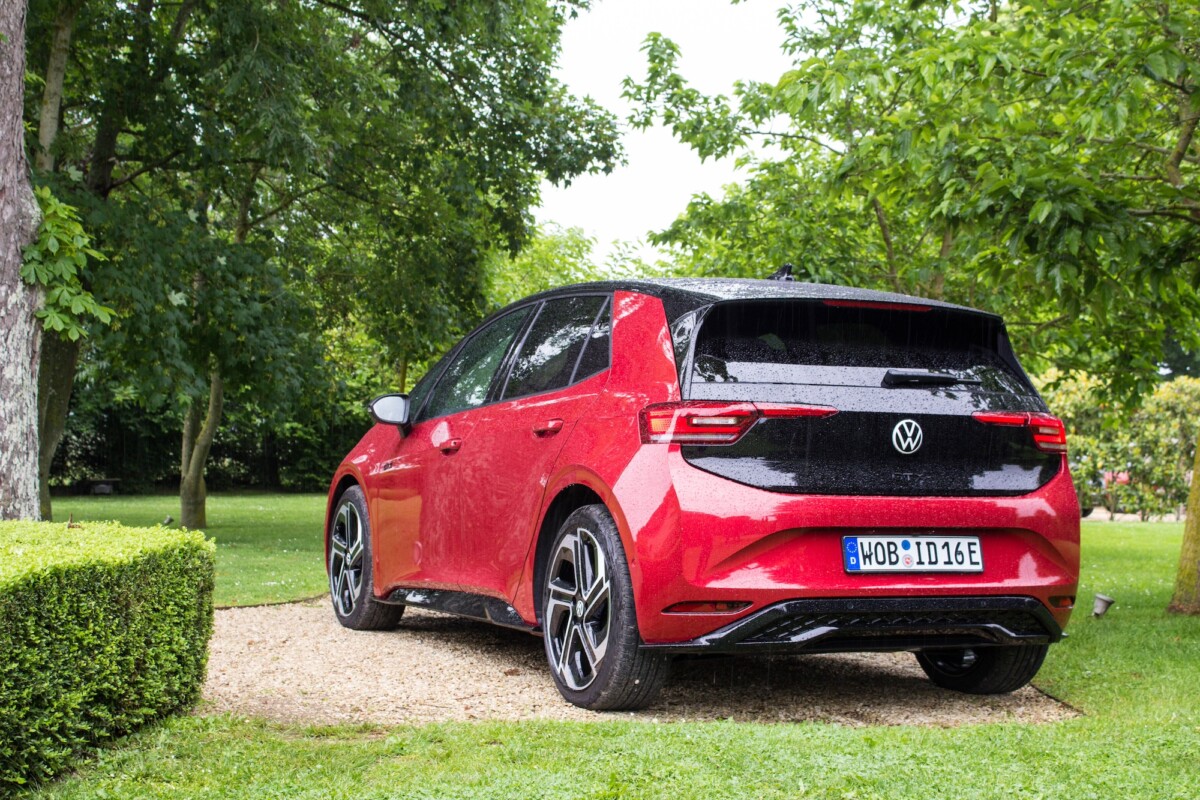
Note, however, that this ID.3 GTX remains a propulsion, unlike the entire GTX range, which goes to four-wheel drive. This can bode well for nice road handling, especially since the running gear has been revised to “more agility”, according to the brand. It will still be necessary to manage the 1,985 kg empty.
Battery, consumption, autonomy: two records and something new
This ID.3 GTX not only introduces a new engine into the compact range, it also acts as a rolling laboratory for a new battery. This has a useful capacity of 79 kWh (compared to 77 kWh maximum previously), and can recharge at powers of up to 185 kW (165 kW max for the 77 kWh battery).
Result: going from 10 to 80% battery takes 26 minutes. A battery which should replace the 77 kWh battery on all versions by 2025, technical experts from the brand told me.

Volkswagen ID.3 GTX // Source: Jean-Baptiste Passieux – Frandroid

Volkswagen ID.3 GTX // Source: Jean-Baptiste Passieux – Frandroid
The advantage is that the APP550 turns out to be much more economical than the engine of the “civilian” versions. Despite its weight and its power, this ID.3 GTX turns out to be the version that consumes the least of the range, with 14.6 kWh/100 km taking into account recharging losses.
An engine that consumes less coupled with a larger capacity battery necessarily gives increased autonomy. Indeed, this ID.3 GTX announces 602km according to the WLTP mixed cycle, a record for range and category. A figure only exceeded by the ID.7, known for its extremely sophisticated aerodynamics, which displays 616 km WLTP with the 77 kWh battery.
Price, competition: below the bonus threshold, but with concessions
We can imagine that a high-performance electric car with a range exceeding 600 km must necessarily be overpriced… which is not necessarily the case with this ID.3 GTX, which costs “only” 46,990 euros. “.
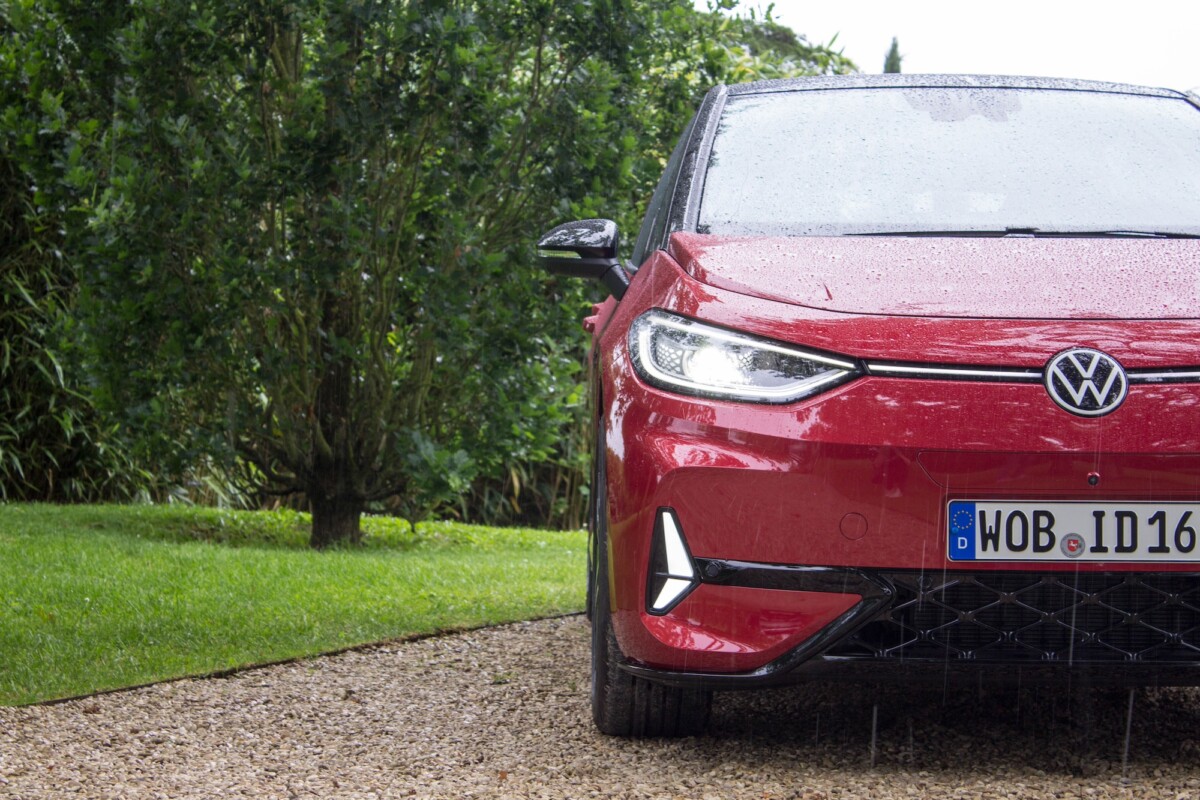
The ecological bonus threshold being set at 47,000 euros and the Volkswagen being compatible with the environmental score, it is therefore necessary to subtract the government incentive of 4,000 euros, bringing it to 42,990 euros. An interesting price… but which seems to have been obtained with some sacrifices in terms of equipment.
So, certainly, this GTX version seems well equipped, with matrix headlights, hands-free entry and start or the standard reversing camera but, looking closer, we realize that the metallic paint , heated seats, dual-zone automatic air conditioning, rain sensor or even navigation, standard on lower versions… are in extra charge.

Volkswagen ID.3 GTX // Source: Jean-Baptiste Passieux – Frandroid

Volkswagen ID.3 GTX // Source: Jean-Baptiste Passieux – Frandroid
Of course, let’s not forget that the bonus no longer takes into account the options and that you thus benefit from 4,000 euros of additional equipment “offered” by the State, but we have the feeling that the list of equipment has been reduced to drop below 47,000 euros.
What are we facing? The electric Mégane, which must “be satisfied” with 220 hp and a range of 454 km WLTP, is priced from 36,000 euros with bonus deducted. The MG4 offers a “High Autonomy” version of 245 hp / 520 km WLTP for 39,490 euros, while its powerful four-wheel drive XPower version, with 435 hp, a 0 to 100 km/h in 3.8 s and 385 km WLTP is displayed at 40,490 euros.
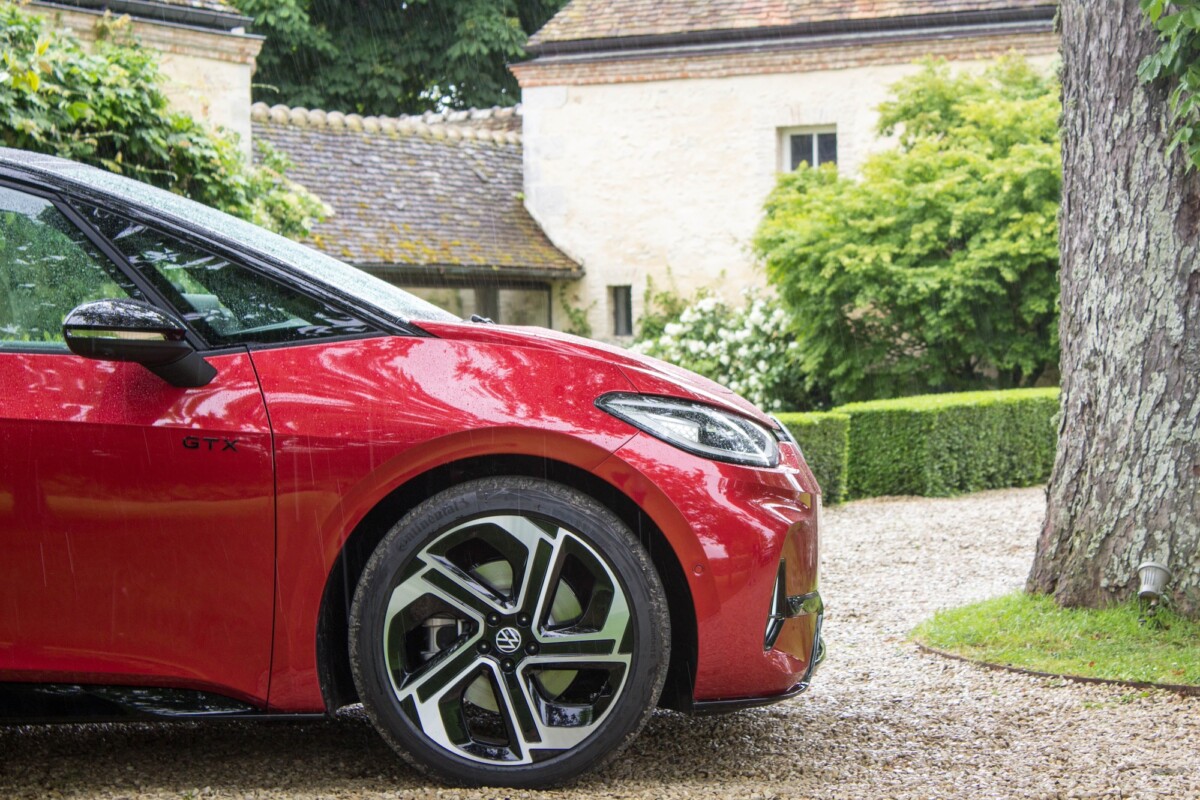
Let’s also think about the Tesla Model 3, certainly much larger, but whose “Propulsion” access version offers equivalent performance and 554 km of WLTP autonomy, all for 39,990 euros.
Brief, an interesting theory, which we look forward to putting into practice. See you at the start of the school year for tests of this ID.3 GTX on the road, which we hope will be its favorite terrain.
